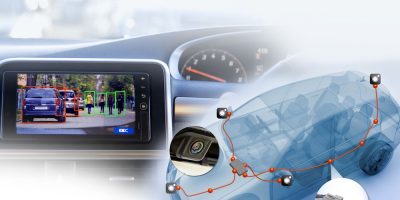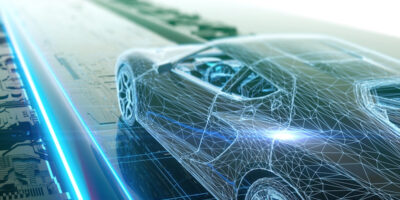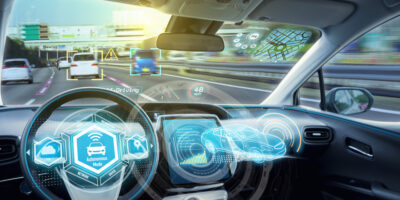To address the software-defined needs of cars today quickly and seamlessly, a standardised framework will enhance proven cloud-native technologies that work at scale with the real time and safety features required in automotive applications. The same framework can also benefit other real -time and safety critical applications, such as robotics and industrial automation.
Vehicle manufacturers, system integrators, semiconductor manufacturers, software developers and cloud technology companies have worked together to define SOAFEE (Scalable Open Architecture for Embedded Edge), for the software-defined vehicle. The SOAFEE reference implementation will be free open source software aimed at allowing broad prototyping, workload exploration and early development.
Building on Project Cassini and SystemReady from Arm, which enable a standards-based cloud-native experience at the edge, SOAFEE enables cloud concepts like container orchestration with automotive functional safety and in real time. Arm said it is working with commercial solutions providers to maximise compatibility and provide a faster route to functionally safe designs.
The immediate availability of SOAFEE will empower cloud-based developers to apply their expertise and contribute to vehicle electronics and software-architecture requirements, and driving the industry to a software-centric future.
“At AWS, we’re committed to innovation with key industry players like Arm to help solve complex challenges for delivering software-defined vehicles with a service-oriented architecture,” said Bill Foy, director, worldwide automotive business development at AWS. “In collaboration with Arm, and AWS’s Arm-based AWS Graviton2 instances, we . . . make it possible to run applications on the same architecture in the cloud and at the automotive edge to simplify developer workflow.”
AdLink’s new SystemReady-compatible development platform is powered by Arm Neoverse-based Ampere Altra cores and will allow workload exploration and development on Arm-based silicon using the SOAFEE reference software stack for applications such as cockpit, ADAS, powertrain and autonomous driving. The development platform comprises a developer workstation and a rugged in-vehicle product. It is available for pre-order, with general availability expected in Q4 2021.
Also announced today are the AVA developer platform – a 32-core scalable compute system built for lab-based development. It is capable of running autonomous workloads and allows developers to leverage accelerator hardware to complement CPUs.
For in-vehicle prototyping and testing, the AVA-AP1 has 80 cores for increased CPU performance, extra I/O capabilities and a safety processor to enable in-vehicle execution using real sensors.
In addition to support from AWS, ADLink, Ampere and CARIAD, the initiatives have received broad support from leaders across the supply chain including Apex.AI, Continental, Green Hills Software, Linaro, Marvell, MIH Consortium, Red Hat, SUSE, Woven Planet and Zing Robotics.







